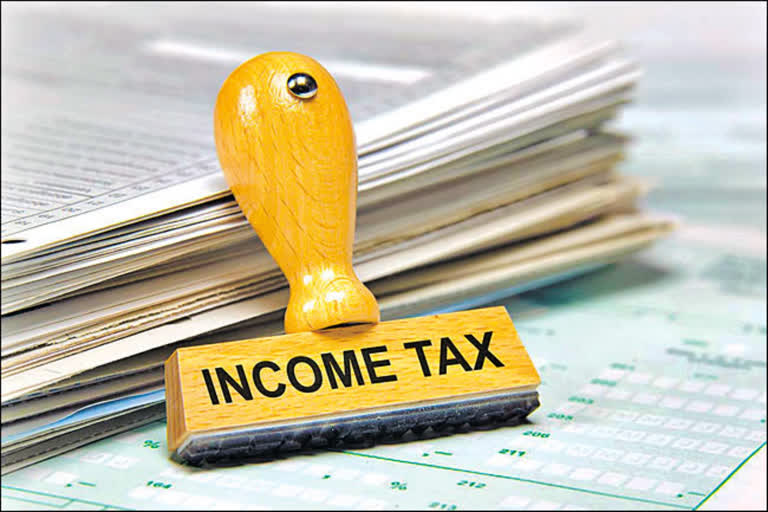Hyderabad: As the financial year is fast coming to an end, it is now time to think how to reduce tax burden. Every income earner's immediate concern will be to make appropriate plans to save tax. As we know the approximate tax burden, there is clarity on how much to invest in tax savings schemes. Tax exemption should not be the only objective while investing. It should also create additional benefits to meet our financial needs in the future. Let's see what to do.
Diverting our entire surplus into tax saving schemes will not yield maximum benefits. For example, you have Rs 5 lakhs for investment. This can be invested in schemes under Section 80C. But, under this section, a maximum deduction of Rs 1,50,000 is allowed. Keep this in mind while investing. The amount available above the deductible limit may be diverted to other schemes with multifarious benefits including investment.
Employees should carefully plan about their EPF (Employees Provident Fund). Check how much you are paying for this and then divert the required amount to tax saving schemes. These include PPF, ELSS, Tax Saving Fixed Deposits, Life Insurance Premium, Senior Citizen Savings Scheme and National Savings Certificates (NSC). Section 80C limit of Rs 1,50,000 can be invested in these. Except ELSS, all others are safe schemes.
Also Read: How EPF interest rates compare with other small savings schemes
Those in the younger age group can look into Equity Linked Savings Schemes (ELSS) for tax savings. These have a lock-in period of three years. These are suitable for those with high loss tolerance. Those in middle age should allocate some amount to ELSS and invest the rest in safe schemes. An investment of up to Rs 50,000 in NPS (National Pension System) is eligible for additional tax exemption under Section 80CCD (1B). Those whose surplus amount is high and are in the tax bracket above 25-30 percent should look into it.
Those who are close to retirement should invest 60 percent of the amount allocated for investment in safe schemes. Deposit in EPF which is safe. So, all this should be considered while deciding the investment amount.
Everyone should follow this carefully. Overall planning should not be limited to tax saving and they should aim at achieving future financial goals simultaneously. One should have diversified plans. Although high returns yielding schemes do not have tax benefits, they contribute to the growth of investment in the long run.



